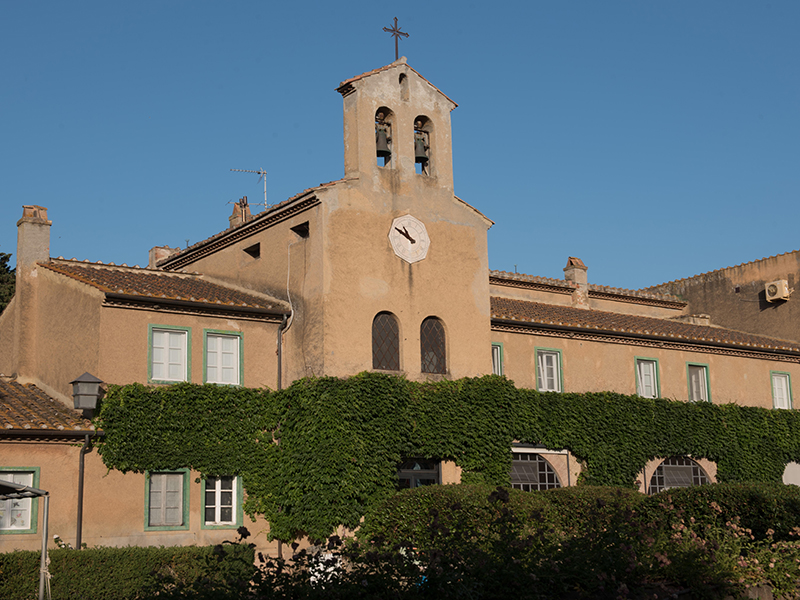A Short History of Super Tuscan Wines—Italy’s Answer to Bordeaux
Christie’s wine expert Chris Munro takes us on a whistle-stop tour through the past of this Italian wine-producing powerhouse
Christie’s wine expert Chris Munro takes us on a whistle-stop tour through the past of this Italian wine-producing powerhouse
Undeniably, the founding father of Super Tuscan wines is Marchesi Mario Incisa della Rocchetta, who arrived in Tuscany—for years the home of Sangiovese, the predominant grape variety of Chianti—from Rome in the 1940s. He settled in Bolgheri and began experimenting with Cabernet Franc, as he had a fondness for the wines of Bordeaux and wanted to create similar wines in Tuscany.

For years the wine was drunk and enjoyed locally. Then in 1972, the Marchesi’s nephew Piero Antinori arrived and the world was introduced to the first commercial release of Sassicaia—the 1968 vintage. New plantings of Cabernet Sauvignon were soon added, and a new wine great was born. Classic vintages, including the 1985, soon put the property on the world’s list of must-have wines; it now consists of 85 percent Cabernet Sauvignon and 15 percent Cabernet Franc.
The success of Sassicaia inspired others, with Antinori’s younger brother, Lodovico, setting up Ornellaia in 1981 and releasing its first vintage in 1985. The wine is traditionally a blend of 50–60 percent Cabernet Sauvignon, 20–25 percent Merlot, 15 percent Cabernet Franc, and a small amount of Petit Verdot—simply put, a Bordeaux blend from Tuscany.

In 1987, the estate bottled the first official release of Masseto, made from 100 percent Merlot grapes. Masseto became another world-renowned wine, with the 2001 vintage garnering 100 points from Robert Parker. Other Bolgheri wines to look out for include Guado al Tasso and Grattamacco.
It’s a new wine zone in an ancient country
The Bolgheri region is considered new by Italian standards, with the Maremma—the Tuscan coastal area it is situated in—historically being swampland. It was only completely drained in the 1930s and it came as a surprise to many locals that its alluvial soils were so conducive to growing grapevines, especially French varieties.

It offers a unique terroir
Unlike many other prestigious vineyard territories throughout Italy, like hilly Barolo and Barbaresco in Piedmont, Bolgheri is comparatively flat and low in altitude. The region’s gravelly terroir is also similar to that of the Graves and Haut-Médoc appellations in Bordeaux—in fact, Sassicaia’s name literally means “stony field.” It was for this reason the Marchesi was inspired to plant the French varieties that Super Tuscans are based on.

A blind-tasting helped put it on the map
In 1978, Decanter magazine arranged a blind tasting, pitting French and Tuscan wines against one another. In a shock victory, the 1972 vintage of Sassicaia—which, after all, had only been produced for the Marchesi’s personal consumption for a number of years—beat its Bordeaux counterparts. A critic dubbed it a Super Tuscan, the nickname stuck, and the resulting publicity led to an awakening of interest in the region.

Visitors are welcome
Wine tourism in the area has gained a considerable boost since the 2017 opening of World Wine Town, located in Casone Ugolino, a former 16th-century farm in the heart of the D.O.C. zone. Designed by Oscar-winning art director Dante Ferretti, it boasts a multimedia wine museum and sensory experience, as well as award-winning restaurants, wine stores, and a cookery school.
Banner image: Vineyards in Bolgheri and Castagneto Carducci. Getty Images